You wake up one morning, and as you take your shower, you realize that your soap won’t lather and the water pressure is very low. You later you notice that your dishes look foggy after a thorough rinse. That’s when it hits you that your water is hard again, and you’re experiencing water softener problems.
Many cases of hard water coming from pipes result from an unidentified water softener problem. Before calling your technician, you might need to inspect the resin tank for any signs of a failed regeneration cycle. The drain hose should not be leaking, and you might need the check your salt levels.
Don’t panic. We are here to help you get your water softener running again. I hope this guide helps you answer some of the most common water softener problem questions.
Before we discuss on what could be causing issues in your softening system, you need first to understand the components of a water softener. You also need to know how these parts work harmoniously to give you soft water. This knowledge will help you know whether any of the parts is malfunctioning and what you need to do before thinking of repair or replacement.
Table of Contents
- Parts of a water softener
- Water softener problems and troubleshooting
- How do I reset my water softener?
- How to maintain your water softener
- Bottom line
Parts of a water softener
Standard water softeners have three components which includes a control valve, a resin tank, and a brine tank. The whole system works together to remove minerals from water, control the flow of water, and clean the unit in what we’d call a regeneration process. Here are the major components of a water softener.
Resin tank
This is a chamber where the ion exchange process takes place in a water softener. Your main water supply feeds the mineral-laden water into the tank. The water then flows through a resin bed that exchanges the water minerals for sodium ions and soft water exits and flows to your pipes.
The control valve
The control valve consists of a meter that tracks the amount of water getting into the mineral tank and out into your pipes. Besides, it automatically initiates are generation process to clean the water mineral deposits on the resin beads.
When these beads reach their maximum capacity to soften water, a pre-programmed setting in the control valve initiates the cycle.
This is a small tank adjacent to the resin tank holding a high concentration salt or potassium solution to restore the charge on the resin beads.
You must add salt regularly since the water passing through the unit will not soften ?if the brine tank runs out of salt. When the softening capacity of the resin beads reduces, heavy brine solution flushes through the beads and recharges the beads.
How a water softener works
Water softeners work through a process called ion exchange, which gets rid of calcium and magnesium from the hard water. When the water enters the mineral tank, it slowly moves through a bed of spherically shaped resin beads.
These polystyrene beads consist of sodium ions. These ions carry a negative charge while the calcium and magnesium ions carry a positive charge. So here is the deal, since opposite charges attract, the negative charge on the resin beads attracts the positive charge on the minerals.
As the water passes through the resin bed, it takes the sodium ions and leaves behind the calcium and magnesium ions on the resin beads. The resin bed strips all the minerals in the water and gives you soft water. The salt in the sodium ions then goes out as waste.
Water softener problems and troubleshooting
If your home water softener is faulty, it doesn’t give you access to soft water, and it also causes the pipes and plumbing to form scale. You need not worry since water softener troubleshooting is often easier than you would ever imagine.
This article aims at helping you identify the most common issues in water softening systems and how you can fix them quickly yourself. Here are the most frequent problems with a water softener.
1. Your salt tank is full of water
If your tank is full of water, you might be facing a problem with clogging or overflow, though there could be other related factors. When water gathers in your salt tank, check the water entry valve to make sure it’s not broken. A broken water valve stops water from flowing into the salt tank and causes the water to flood.
Again, if the float valve’s position is too high, excess water builds up, making it hard to release the water. You might try adjusting the valve to fix the problem.
2. Water is not flowing through the brine tank
If water fails to flow?into the brine tank, your pipe water will not be soft. Your softener requires brine for regeneration. will not take place. You might want to find out what is preventing water from flowing through the brine tank.
Often, you will find scaling inside the tank and within the unit’s lines caused by the water minerals. The build-up can form salt bridges in the tank preventing your system from softening water. Salt bridges are hard crusts of salt that form in the brine tank.
You can sort out the issue by breaking salt bridge with a hard object.
3. Brown water flowing from the pipes
Brown water flowing out of your pipes can be alarming, especially if you’re already using a water softener in your home. Apart from a worn-out plumbing system, the accumulation of bacteria in your water softening system can be a cause of brown water.
You can sterilize the unit with hydrogen peroxide or chlorine if you have already checked your plumbing system to rule out the possibility of accumulated contaminants. You can call in the plumber for softener troubleshooting advice if these options fail.
4. Low water pressure
If you experience low pressure in your pipes, there could be sediment build up in any part of the water softener. You need to make sure you inspect the piping if you suspect blockage and allow the water to flow smoothly. Additionally, resin beads can sometimes break down.
If they don’t flush out of the tank, they can clog the system and reduce water pressure. You can replace the resin beads or flush out the entire system to remove those causing a blockage.
5. Salty taste in water
The taste for good drinking water should be plain and pleasant. If your tapped water has a yucky salty taste, it’s time to do a check on your water softener. While most water softeners use salt to remove the hardness in water, the processed water should never taste like salt.
There are myriad reasons why you could still have salt in your water. You might want to check whether the drain hose is clogged, meaning the system doesn’t flush out brine in the regenerating process. Also remember that if your water is very hard, it will most likely have high sodium content even after softening.
Besides, you need to make sure that the water softener timer is reading the correct time since wrong time setting might affect the regeneration cycle for your softener.
6. The motor doesn’t start
Like any other machine, the motor in a water softener can break down, causing the unit to stop working. Before you conclude, you might need to rule out any issues with your cables, and power source. If they’re functioning and still the motor doesn’t start, you can opt to replace the motor or buy a new system.
You can confirm whether the warranty that came with your unit still covers the machine before purchasing a new set.
7. Your softener fails to regenerate
A water softener can fail to regenerate for several reasons. The most common cause is if your timer is not functioning. If the regeneration timer is faulty, the machine can’t tell when it’s time to run its cycle. To check whether this is the issue, set the timer at a particular time and wait to see whether the system regenerates at the arranged time.
If it doesn’t, it means your timer needs replacing. If your machine has clogged parts, it might also fail to regenerate. You need to be sure that the tubes and drainpipes allow water to flush through the system.
8. Your softener makes an unusual noise
Water softeners should run quietly without any noticeable noise. The only noise you’re likely to hear is some humming sound during regeneration. However, the humming should be soft and consistent.
Any other strange inconsistent noise might signal that something is wrong. Most of the sounds coming from a softener result from clogged water valves, broken air valves, or a worn-out timer.
9. Make Sure The Bypass Valve Is Open
The bypass valve ensures water is always flowing through the system. If it is not open the flow of water will stop and the system will shut down. If your system stops running check to see if the bypass valve is closed.
10. Check The Power
Sounds simple but sometimes things aren?t properly plugged in and that can lead to the system not working. Check to make sure the unit is plugged into a live outlet and that it is getting enough power to operate the machine.
11. Make Sure There Is Enough Salt In The Brine Tank
This one is pretty self explanatory. If there is not enough salt in the brine tank it will not be able to do it job.
How do I reset my water softener?
When a water softener removes minerals from the water, the system regenerates by flushing sediments out of the tank and down the drain. Among other factors, the timing of the regeneration cycle depends on the hardness of the water. Your technician can calculate how often the system needs to regenerate and program it to run at scheduled times.
If you’re doing it yourself, follow the instruction on the user manual to reset the time. Typically, the system default is 2.00 am, but the clock should always read the current time of the day and not the regeneration time. This is something many people forget.
So if your system is supposed to regenerate at 2:00 am, the only way it knows it’s time to regenerate is if the timer is correct according to the current time. However, there are times when a water softener could require you to initiate a manual regeneration.
For instance, if you’ve had periods of heavy water usage in your house, it might be necessary to begin a manual regeneration of your softener. This will help your water softener to backwash and then recharge the salt treatment in the brine tank.
You need to remember that after a power outage or if your softener has been off for a cleaning session, your water softener?s clock could read the wrong time, and so you need to reset it. To set the softener to start a regeneration cycle, find the manual regeneration control button and press or turn it to ‘regen.’
If you can’t locate the button, take a look at the manual for your softener brand and model. The manual should indicate the location and function of each button and this may help you set your machine for regeneration.
You need to make sure that your brine tank has enough salt, if it doesn’t, fill it with salt and wait for at least two hours before regenerating. This waiting time allows the salt in the brine tank to dissolve and create the brine needed for regeneration.
How to maintain your water softener
Like any other machine, your water softener will work the best with the right maintenance. However, most of the modern water systems are mostly automatic, and they’re likely to operate for long without needing a lot of maintenance.
Perhaps the most basic way of maintaining a water softener is by adding the right kind of salt to your system. The amount of salt you need for your tank depends on many factors, including water usage in your household. There’s more to water softener maintenance than merely adding salt.
You need to maintain the levels of salt in the brine tank. As a rule of thumb, your tank should at least be halfway full with salt. Check the manual to make sure you’re using the salt that the manufacturer recommends for your machine.
When maintaining your brine tank, make sure you check for any salt bridge present. A salt bridge occurs when layers of salt form in your brine tank and prevent loose salt from mixing with the water below it.
Ensure you regularly check for any salt bridge since it affects the functioning of the softener. You can break this hard layer using something hard like a rubber mallet or pour hot water to make the breaking easier.
A water softener typically lasts for 15 years, but can last longer if you do proper maintenance. Ensuring your brine tank doesn’t run out of salt extends the life of the unit. Protecting the resin bed from over clogging with calcium, and magnesium ensures that your softener works without failing.
High levels of these wastes on your resin bed might give your water some foul odor and lower the ion exchange process’s performance.Resin cleaners enhance the regeneration cycle by removing the hardness-causing minerals covering the resin beads.
It’s good to note that if you’re working with heavily chlorinated water, the beads will exhaust quickly and might need regular replacement. It’s crucial to note that water with hardness levels of over 14 GPG might need more regular maintenance than moderate hard water.
Cleaning your water softener is a crucial part of protecting this precious gadget. Regular cleaning can solve most of the issues in the brine tank. The frequency for cleaning your system depends on how modern or old your softener is.
Some softeners need annual cleaning for proper functioning while others can go up to 10 years and still run smoothly. Additionally, it’s a good practice to adjust the bypass valve once in a while.The bypass valve is a rod that you can push to block the water flow.
Occasionally, you can twist the outtake and intake valve to the off position and turn them back to their default position. This helps ensure the valves remain in good condition. Remember, you need to check the nozzles and valves in the brine tank and in the resin system to avoid any clogging issues.
Bottom line
The most important thing you can do to ensure things run smoothly at home is making sure your softener is working properly. The good news is that most of the water softener problems you come across are easy to fix and don’t require a technician.
Remember a softener saves you costs on detergent and soap as well as protecting your appliances. Regular maintenance of the unit ensures it gives you service for years to come.

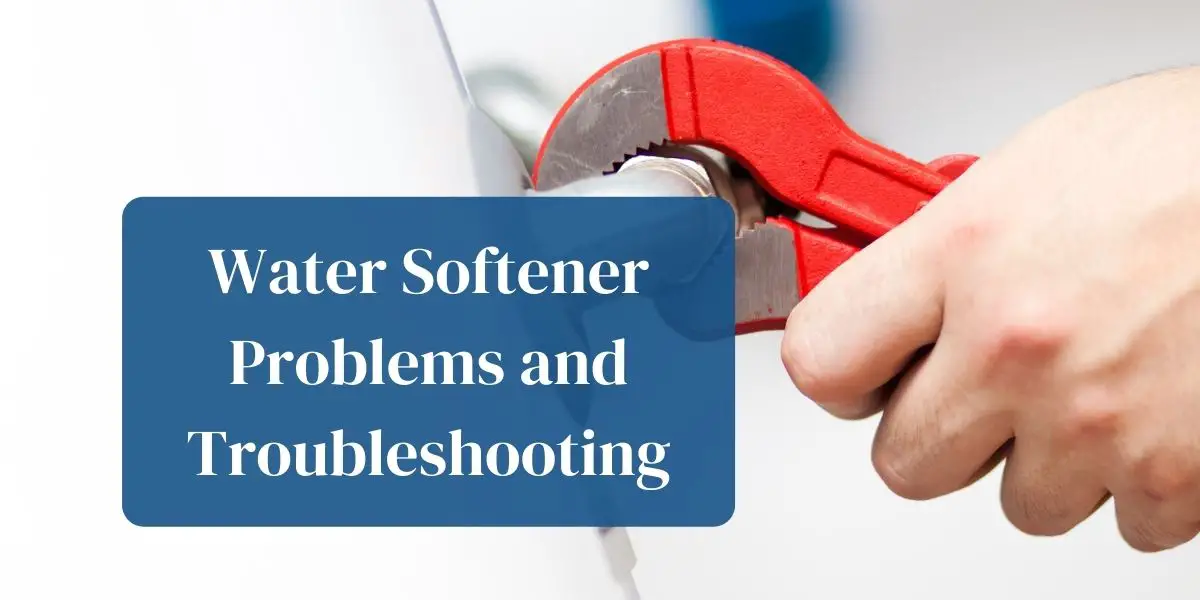


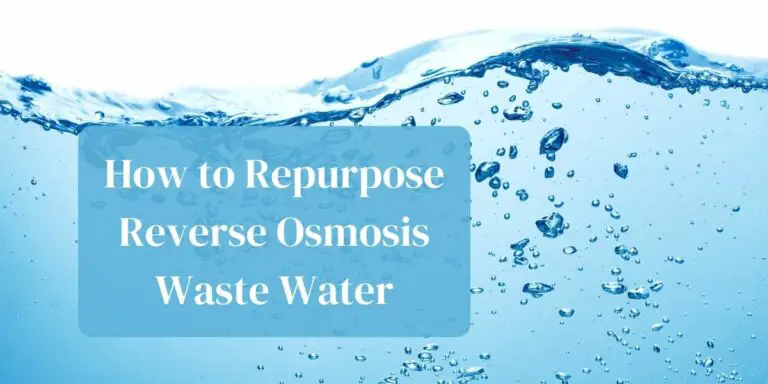
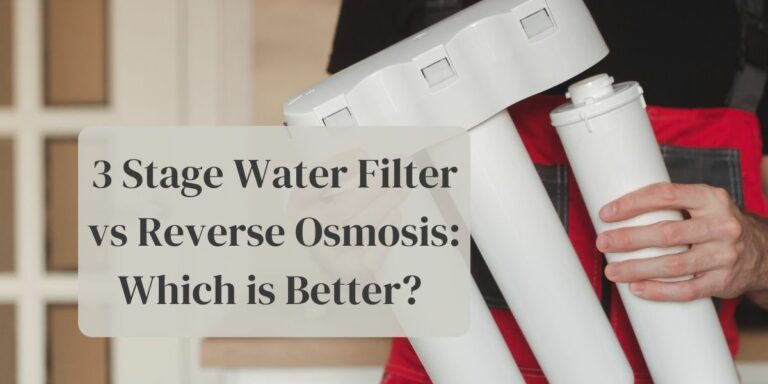
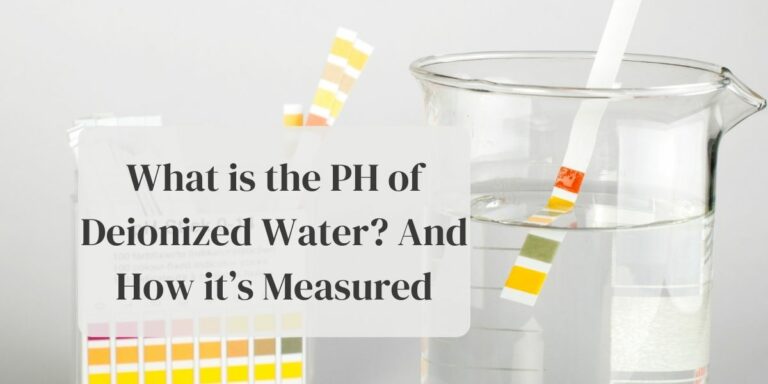
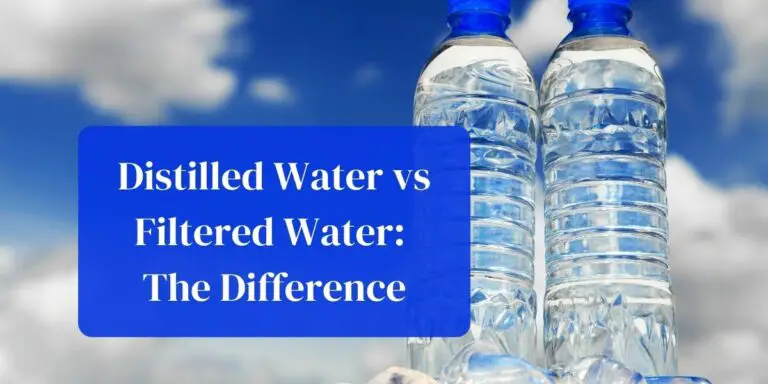
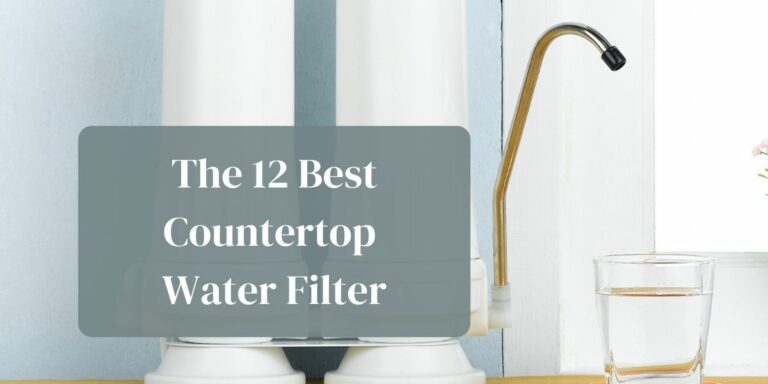

Is it ok to pour hot water in the salt tank to break up the clumps of hardened salt that prevent the system from regenerating? How much hot water is enough if the tank is half full of salt pellets and I have used a shovel and a pole to try to loosen the salt pellets?
Any water softener problem can disrupt your daily routine. Thus, it is always handy to have water hardness test kits ready.